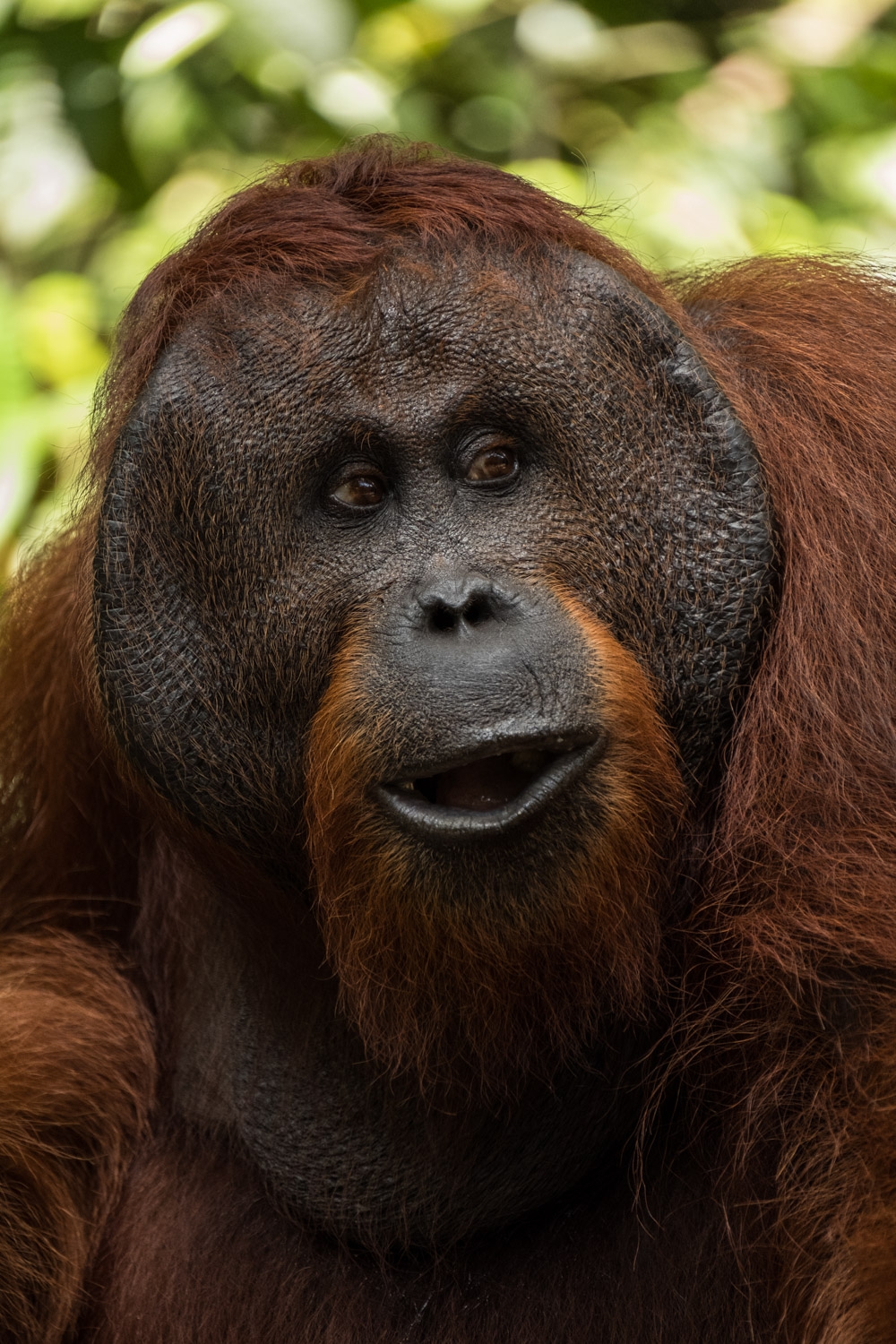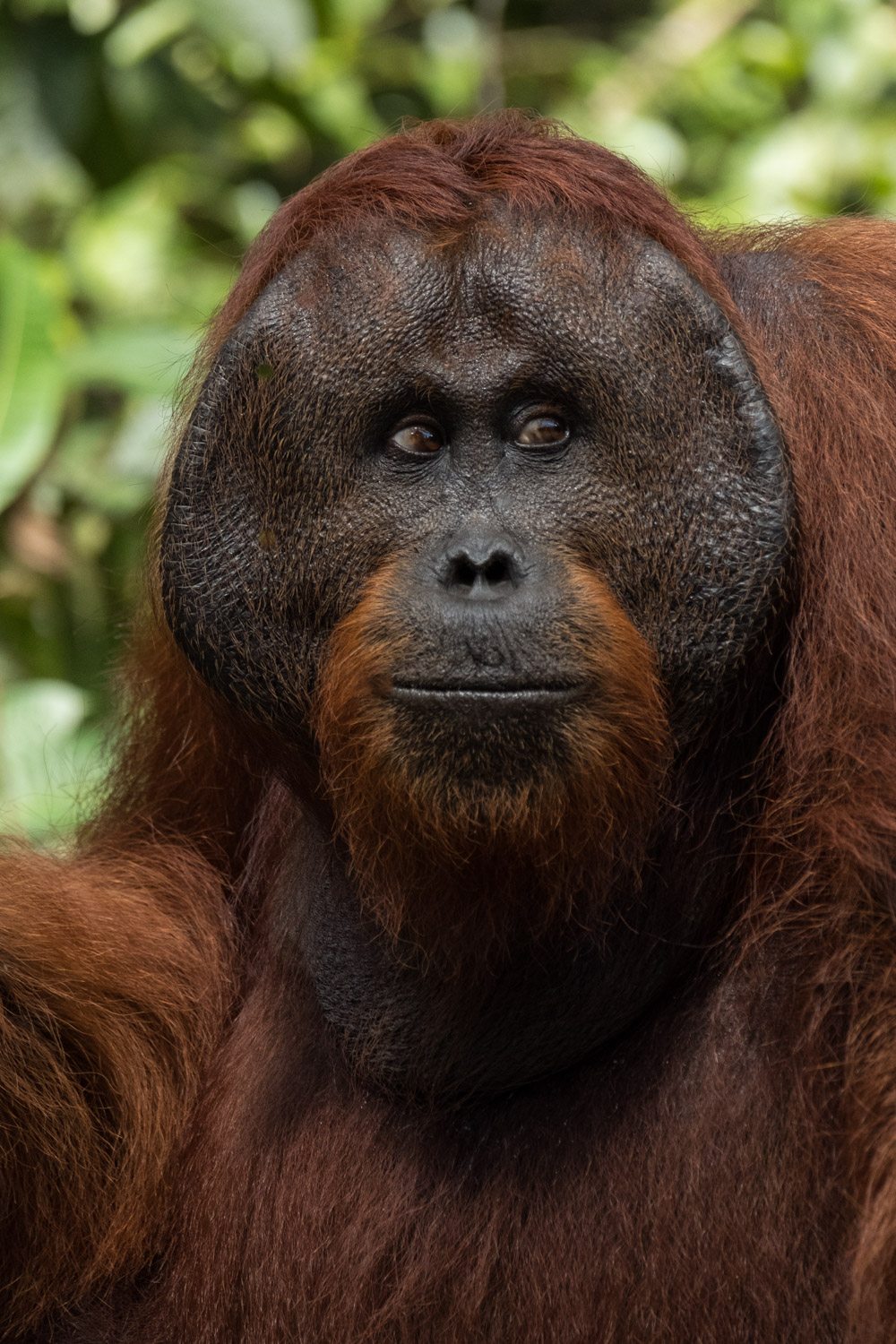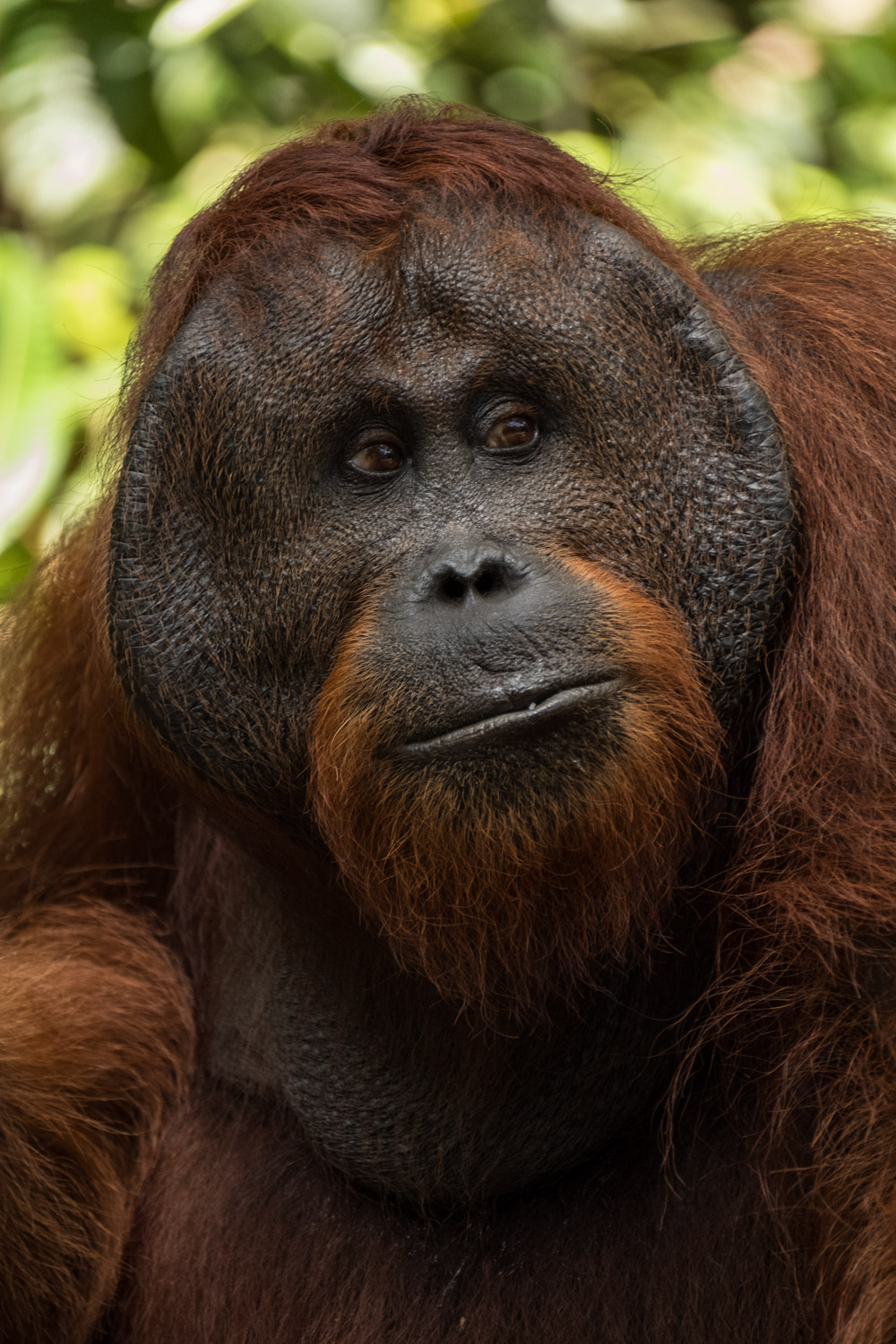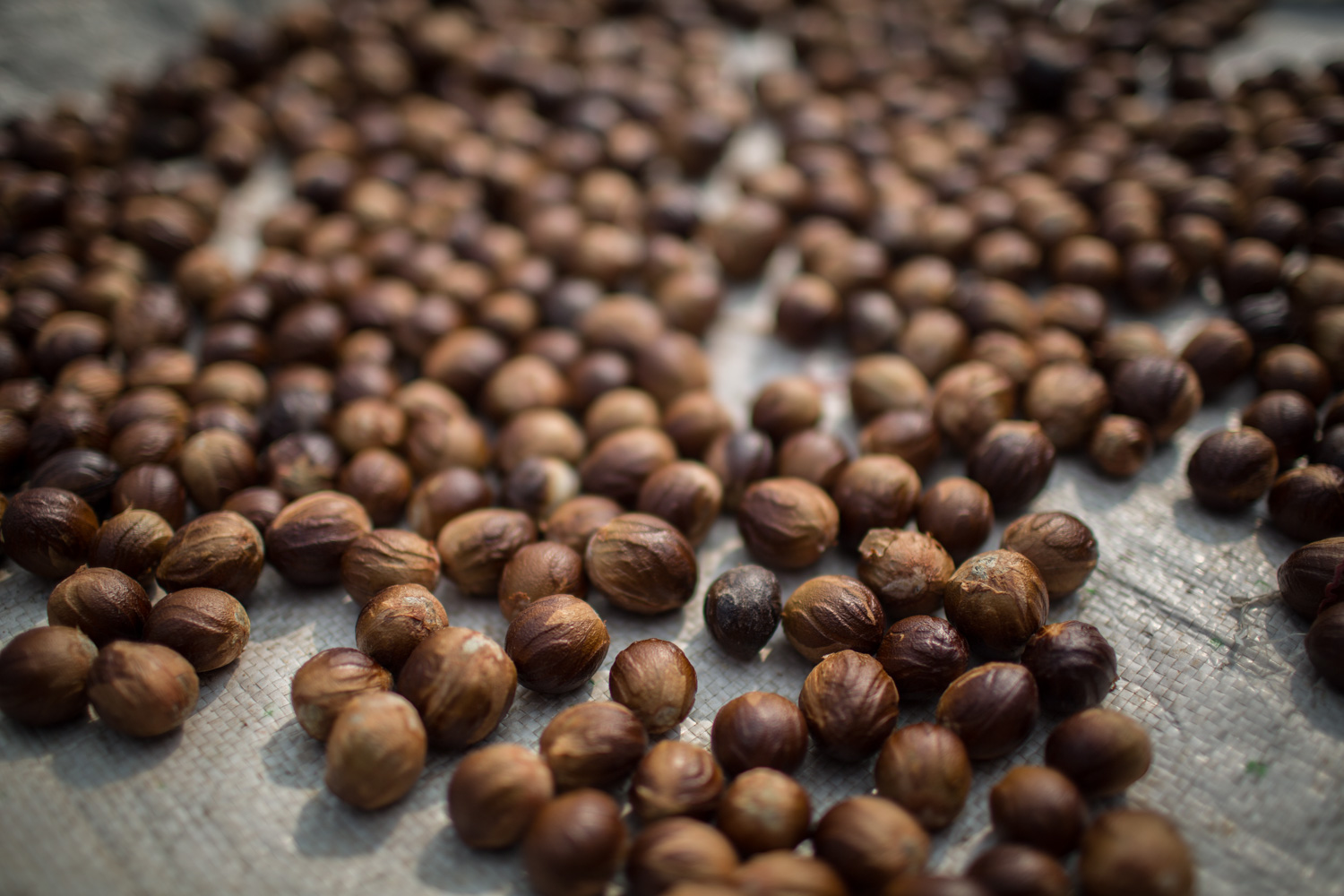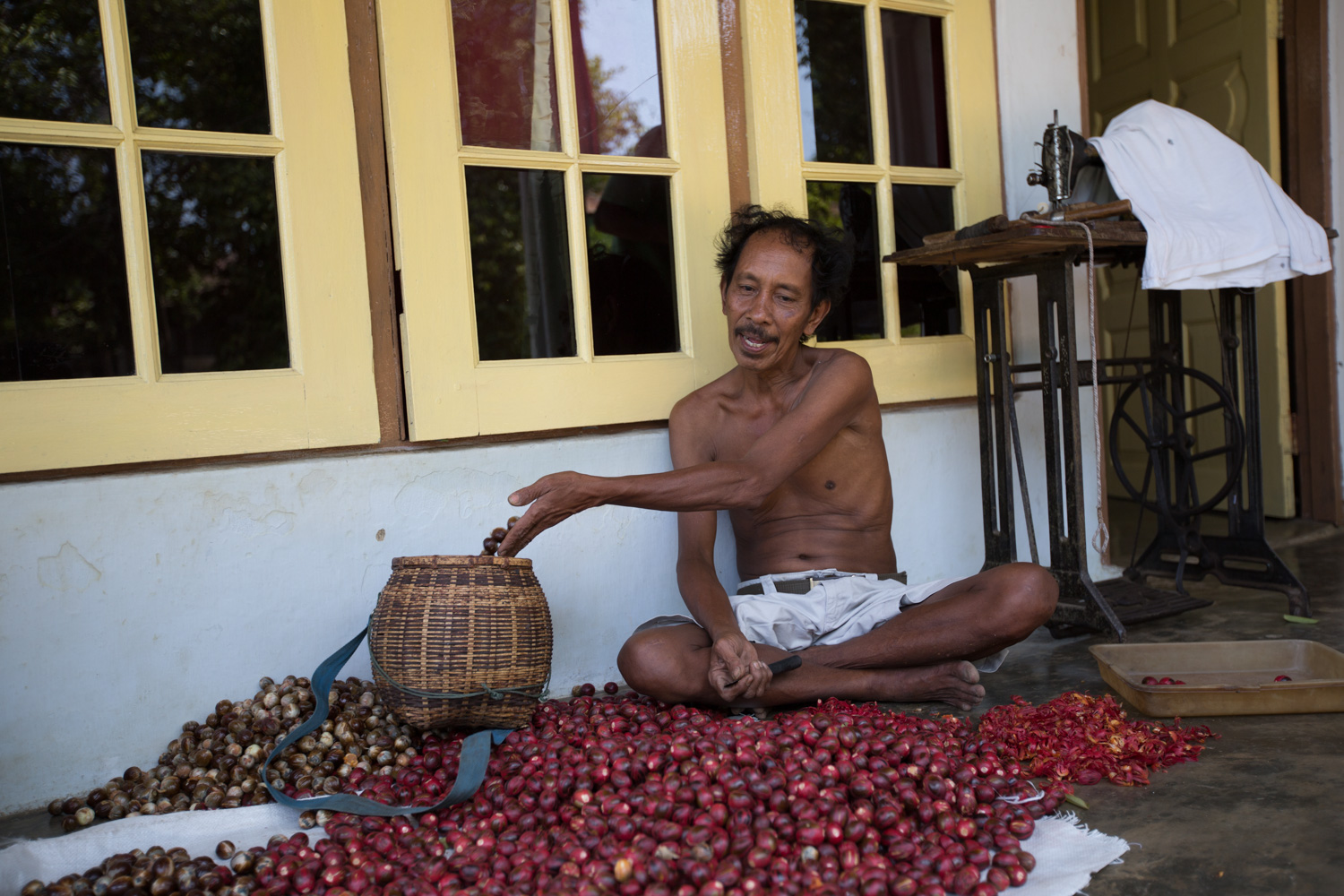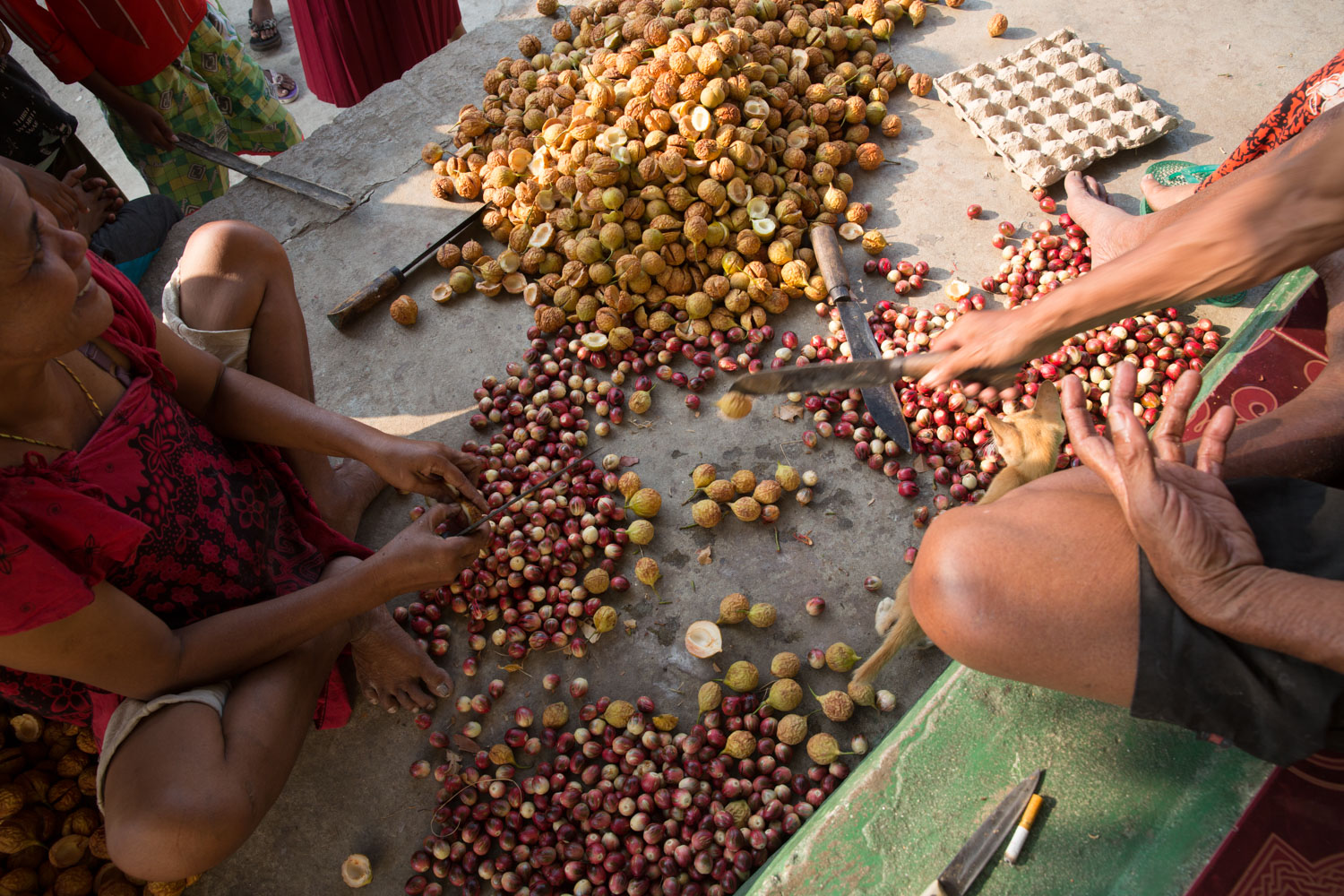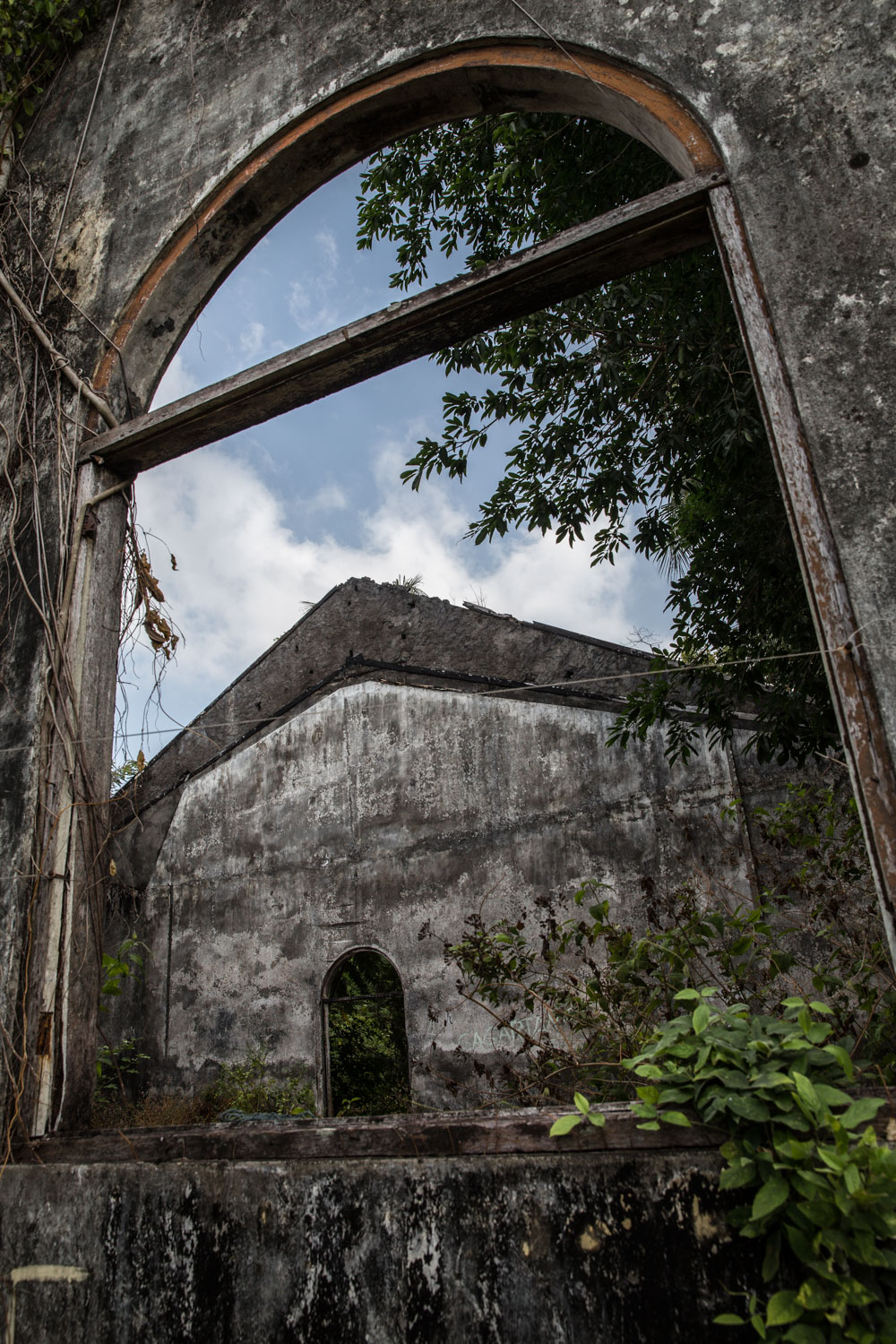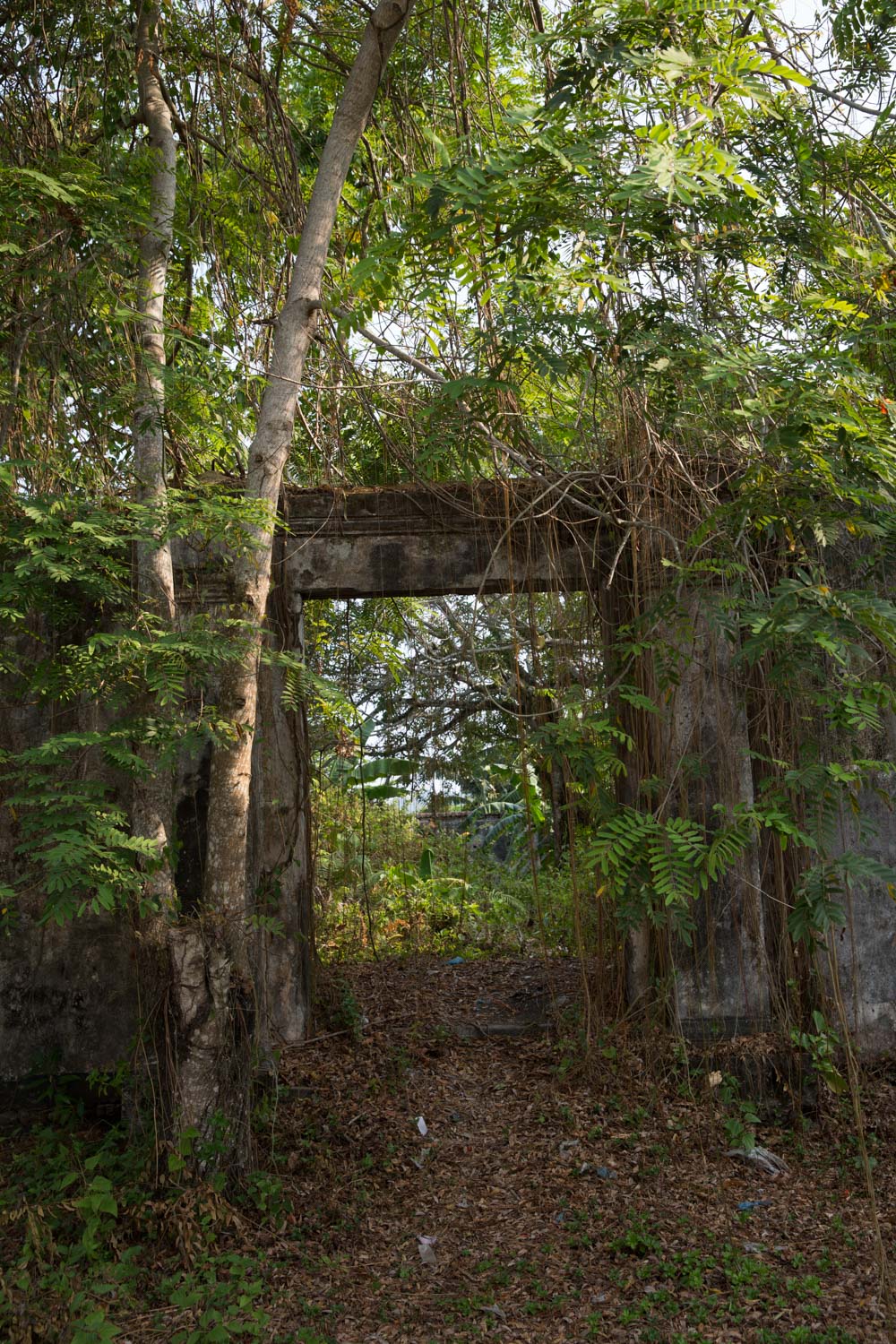Photo Gallery | Central Highlands of Fjallabak
Mystery surrounds the naming of Iceland. Legend has it that the Vikings, who first settled here, adopted the name to discourage other settlers. Who would want to move to a place called Iceland? Others claim that the name was adopted because the glaciers were a navigational mark.
Twelve days driving around the ring road provided plenty of time to explore beyond the major highlights. It wasn’t unusual to begin a day knowing it was only a few hours drive to the next stopping point and spend the entire day getting there.
Time was consumed with hikes, waterfalls, picnic lunches and frequent stops to take in the incredible seascapes and landscapes. Awestruck in Iceland.
A spectacular blanket of moss covers the lava fields.
My rain gear became everyday gear. Beside protection from the rain, it provided warmth. Scenery changed quickly as fog and rain continuously moved through. All part of the Iceland experience.
While September wasn’t the season for puffins, I spotted humpback whales in the northern fyords. Getting up close to several glaciers was stunning. Unfortunately it was shocking to learn how much the glaciers had receded in recent years due to climate change.
After circling the island, I traveled into the central highlands of Fjallabak. Rugged and remote, it’s photographically unique with large expanses of lava, black sand deserts, rivers and crater lakes. A specialized vehicle was needed to ford the river beds that criss-cross the unpaved roads.
An early winter storm transformed the landscape. Black turned to white and new lines and patterns emerged. I was grateful for my many layers of clothing as the snow and wind blasted through the landscape.
The unique beauty of Iceland strengthened my commitment to conservation. I hope my images inspire you to explore nature and preserve it.
Photo Gallery Link | Central Highlands of Fjallabak.
If you’d like to Stay In Touch and hear about new postings leave your email here.
Warmest regards,
Debra


















